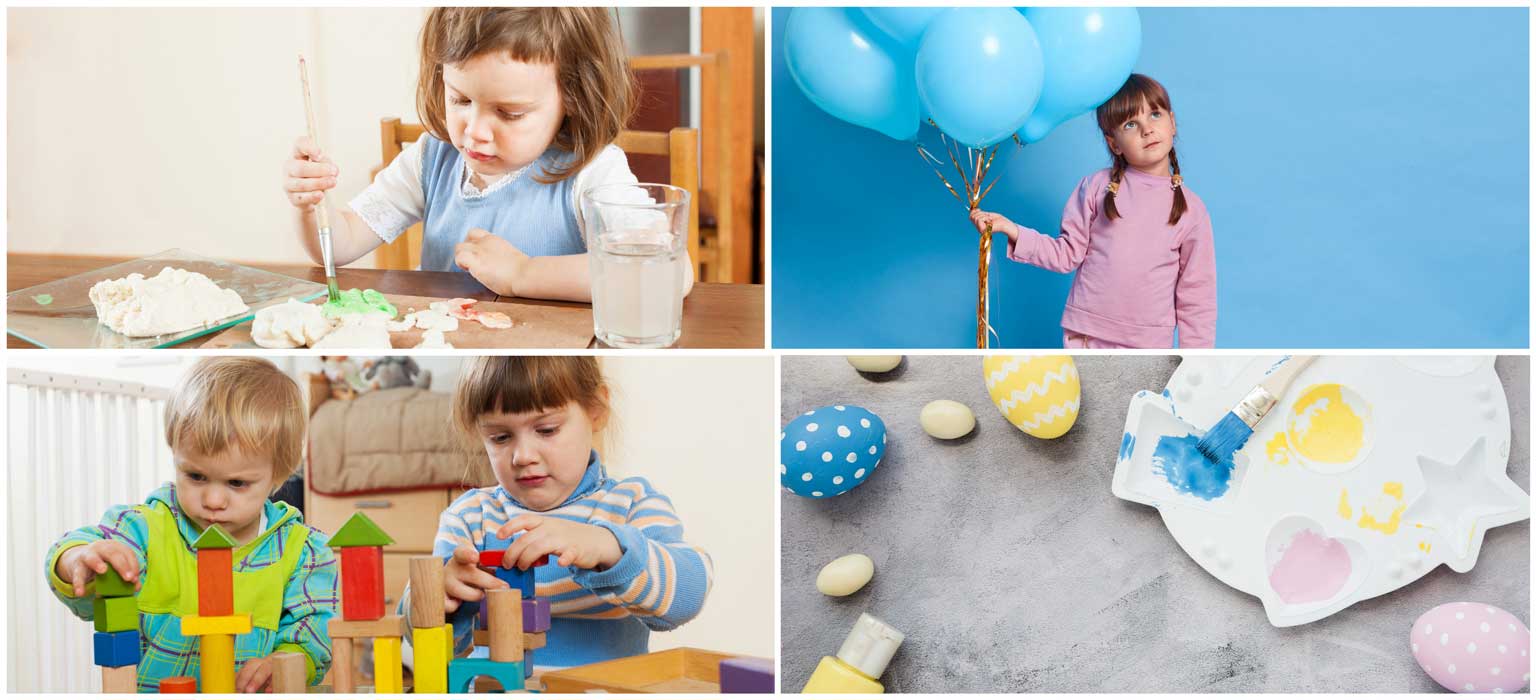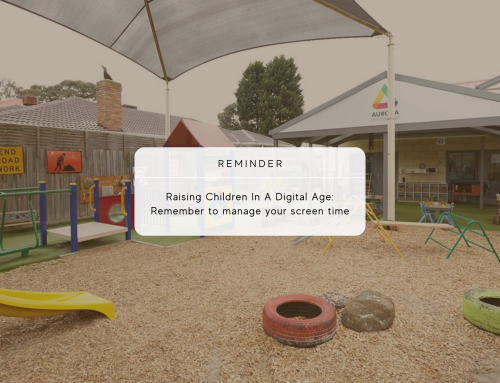In our mission to provide high quality care and learning environments for our children, our studios have a range of resources mindfully selected to further development and learning. Part of our mindful approach to selecting resources is ensuring they are sustainably sourced, made and used. Since caring for the world and everything in it is what we want to role model to our children, we surround them with sustainable resources that are friends of the earth.
Introducing sustainability in small ways makes bigger impacts on our children as they progress in life. Therefore, the experiences they have now will almost certainly have an effect on how the generations to come will live in the future. This is why we want to advocate for the importance of replacing popular resources with sustainable alternatives in Early Childcare Centres and, if possible, at home as well.
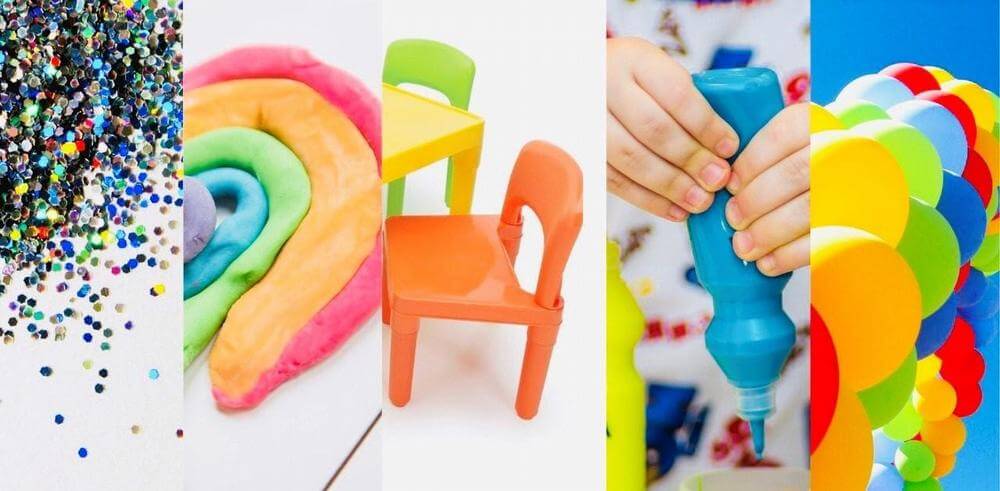
https://unsplash.com/photos/1VT2qoBtc-k,
https://unsplash.com/photos/JgEkrsLQd_w,
https://images.app.goo.gl/NyW1nAh9NRB9Eety7,
https://images.app.goo.gl/sfCUMnXcQB5LNC4PA,
https://images.app.goo.gl/M33KQA12kztV4Ym49.
What are these popular resources in Early Childcare Centres?
There are several resources that many early education and care centres gravitate towards; they’re popular with children, easy to source and easy to use.
However, some of the most commonly used resources in childcare have proven to be toxic to our environment as they are unable to biodegrade and only add to the world’s surplus of waste. These are resources containing plastic, tough synthetic materials, or solutions filled with chemicals harshly infect the ecosystem over time.
Some popular resources used in early childcare centres that harm the environment are:
o Glitter
o Playdough
o Plastic supplies and home corner materials
o Toxic paints and glues
o Balloons
Why aren’t they eco-friendly?
We all know that the invention of plastic in the early 1900s has made life somewhat easier and has been used in every field and task in some shape or form. In certain cases, it is better to use plastic – for instance in hospitals for hygienic purposes. However, where possible the use of plastic should be kept to a minimum.
This is because research shows that human bodies absorb the chemicals added to plastic and the health effects caused by that develop over a long period of time. Not only does disposed plastic and rubber contaminate groundwater, but it is also injurious and poisonous to sea life along with many other animals. Things like balloons, plastic straws and cutlery are detrimental to marine life, especially glitter because the microplastics do not break down and easily spread to the digestive systems of aquatic creatures.
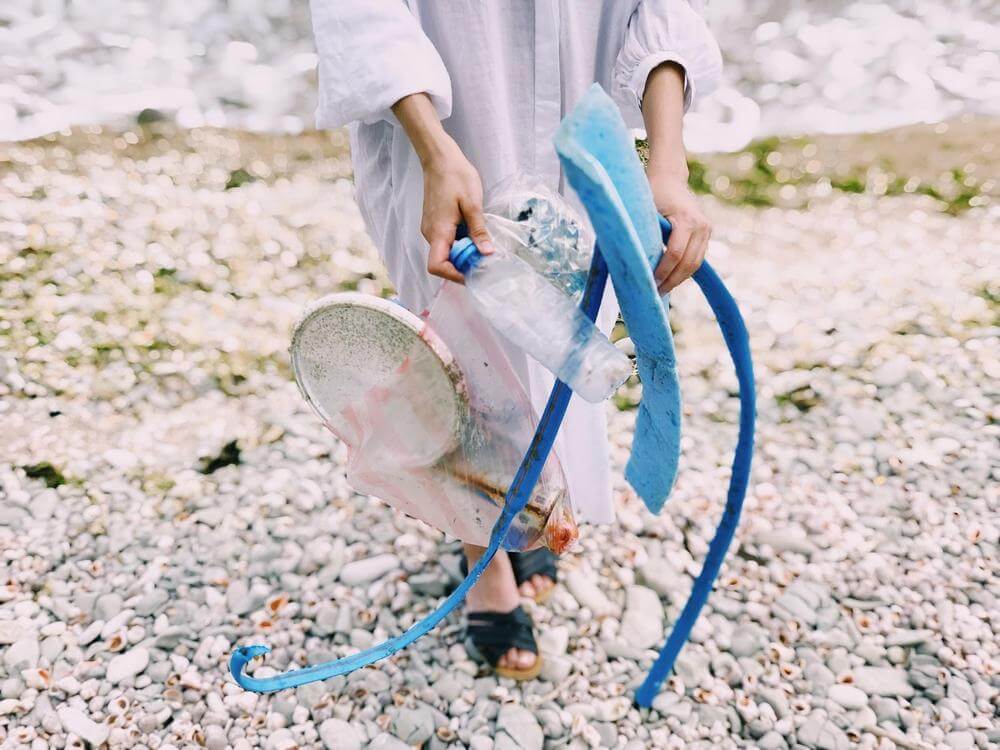
https://www.pexels.com/photo/person-holding-plastic-bottle-1201588/
Although playdough is not as toxic to the environment as plastics, it does contain a rather large amount of chemicals that may end up in young children’s tummies by mistake. It is quite possible for our children to lick their fingers after playing with playdough or similar materials, which is why it is best to avoid any chemical-heavy substances, not only for the safety of our children but also for the environment.
What are the alternatives?
Fortunately, these popular resources have alternatives to keep our children and our ecosystem thriving. For instance, instead of glitter, sand or salt mixed with food colouring is a great alternative and much safer to play with.
Similarly, instead of regular playdough, organic or homemade playdough made with flour, water, food colouring and other simple ingredients would be a much better option and just as fun.
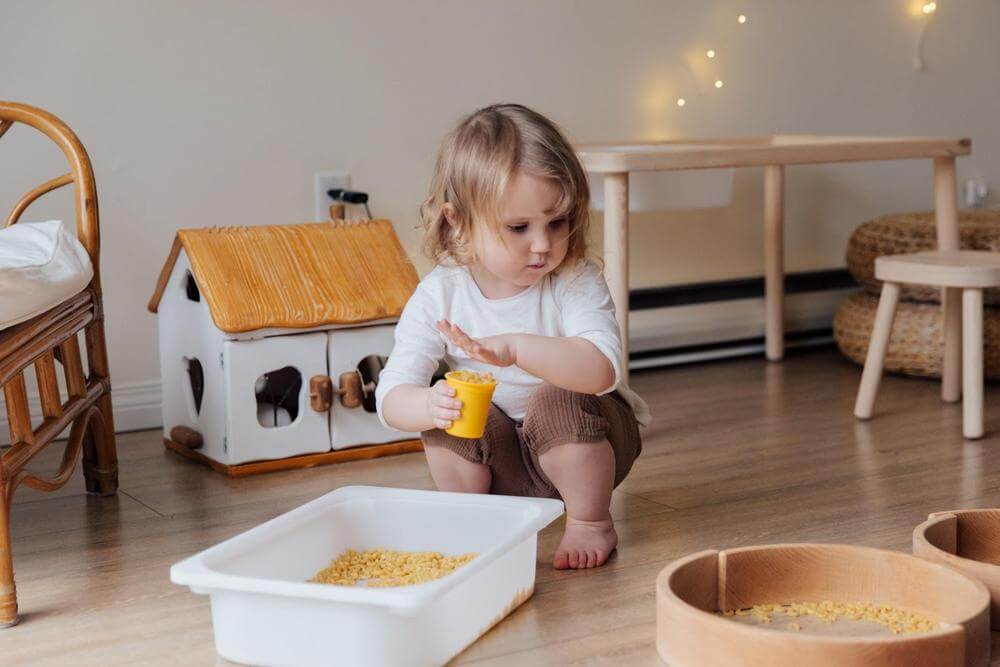
https://www.pexels.com/photo/girl-holding-yellow-plastic-cup-full-of-macaroni-3933271/
For another alternative, plastic home corners at our kindergarten in Melbourne CBD can be replaced with durable wooden equipment which has proven to stimulate imagination and creativity in children as opposed to plastic which leaves little room for innovation.
Along with all these measures, try to switch out popular commercial paints and glues with non-toxic solutions.
And as a replacement for regular balloons, there are biodegradable balloons available in the market today made from all-natural latex, which means celebrations can also be eco-friendly.
There are many possibilities and ways to encourage sustainability in our children at early stages. Of course, at times some sustainable practices can be rather difficult to carry out, but it is a process that will slowly but surely aids in restoring the environment our children grow up in.
Have a trip to our Kindergarten in Doncaster and Kindergarten in Rowville.
Sources:
https://inventorsoftomorrow.com/2019/04/22/environmental-impact-of-kids-crafts/
https://kidsandcochildcare.com.au/blog/heres-how-to-practice-sustainability-in-childcare-centres/
https://www.theempowerededucatoronline.com/2014/05/introducing-sustainability-to.html/
https://www.ehn.org/plastic-environmental-impact-501923191.html


